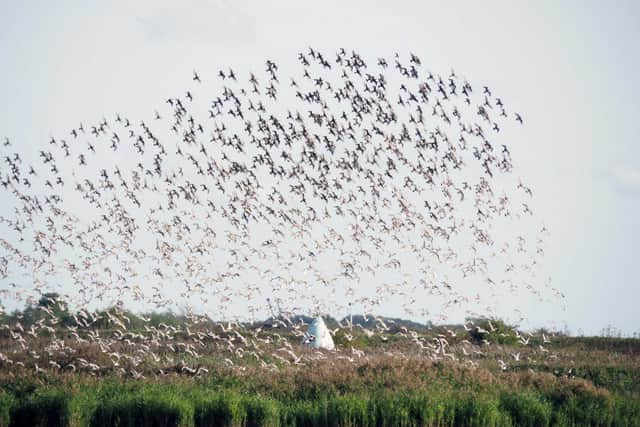East coast wetlands to become UNESCO site?


The east coast wetlands, which includes Lincolnshire wetlands including Tetney Marshes and Frampton Marshes, have become one of just five new sites added to the UK’s ‘Tentative List’ of World Heritage sites, the first stage towards joining UNESCO’s World Heritage List.
The application was initiated in 2022 by the RSPB, National Trust, and Wildfowl and Wetlands Trust (WWT), and an independent expert panel described the east coast wetlands proposal as presenting “a clear and convincing case for the potential to demonstrate Outstanding Universal Value”.
Advertisement
Hide AdAdvertisement
Hide AdThe wetlands play a vital role in supporting migratory birds along the East Atlantic Flyway migratory route which stretches from Yorkshire to Kent.


Michael Copleston, RSPB England Director, said: “We are absolutely thrilled that the global importance of England’s east coast has been recognised by government and that the east coast wetlands will now be part of the UK’s Tentative List of World Heritage sites.
"These diverse places provide an essential refuge for over 155 bird species, as well as world-leading examples of how we can manage our coastlines in the face of a changing climate, with true value for nature and people.”
Currently there are just two Natural World Heritage sites in the UK; the Dorset and East Devon Coast and the Giant’s Causeway and Causeway Coast.